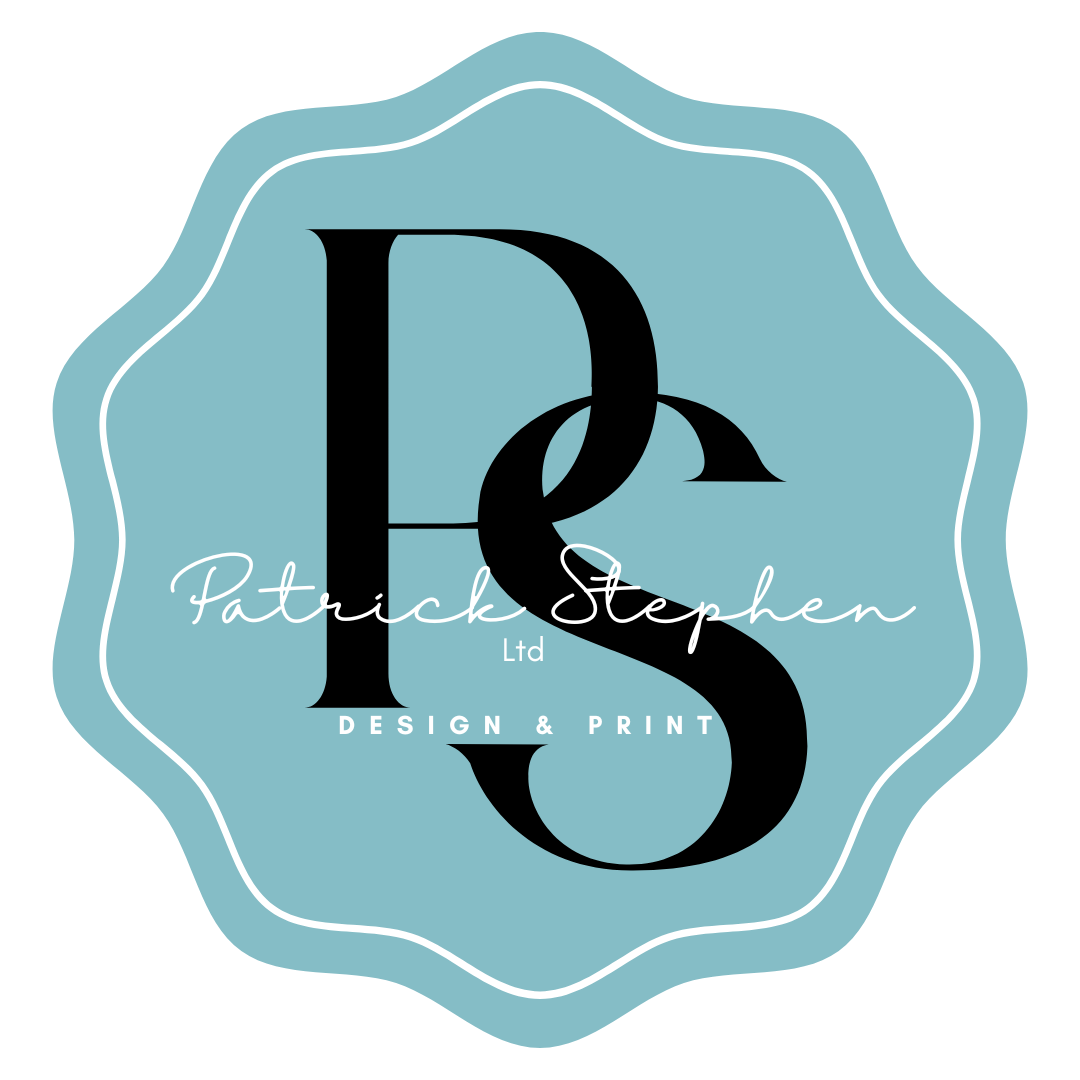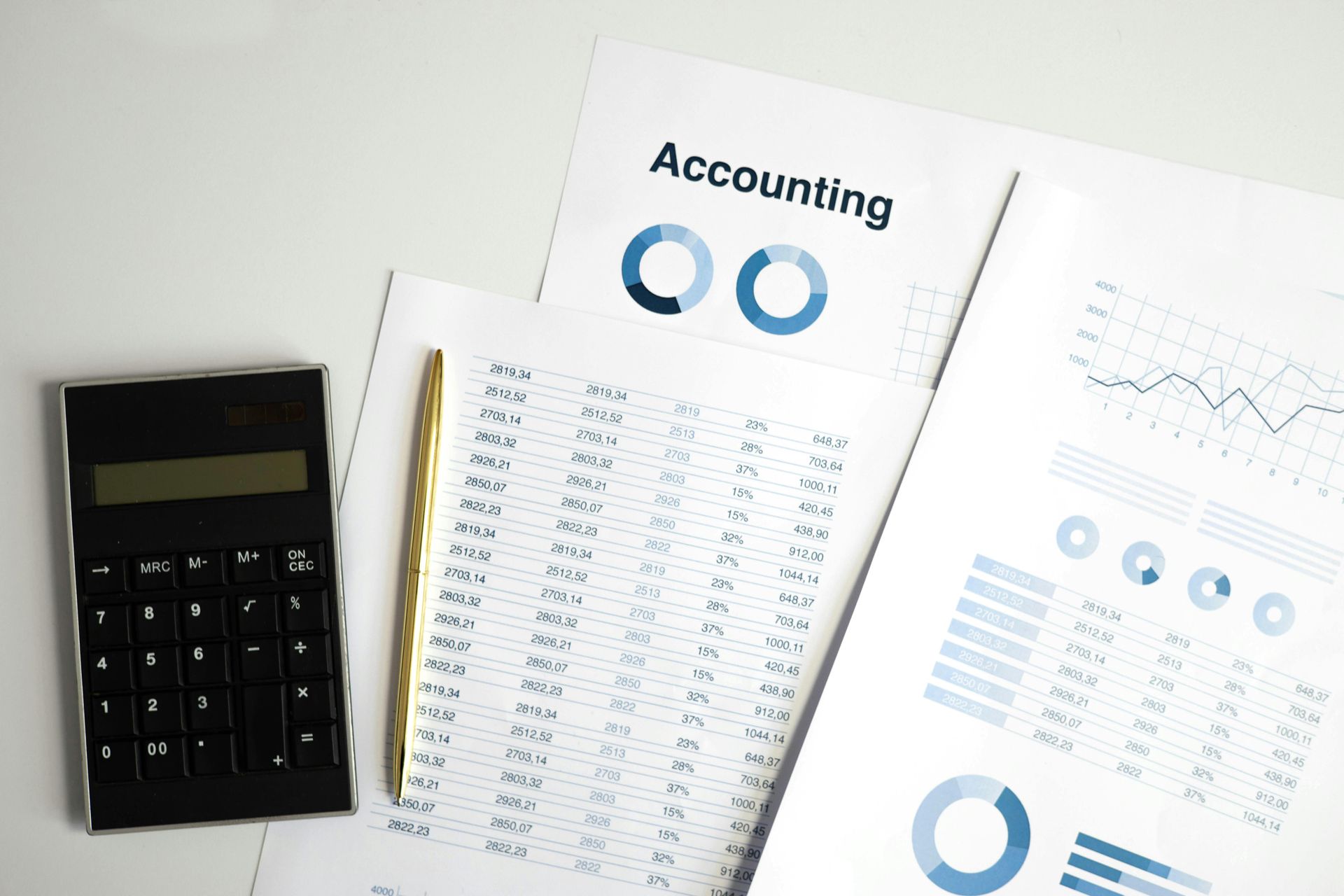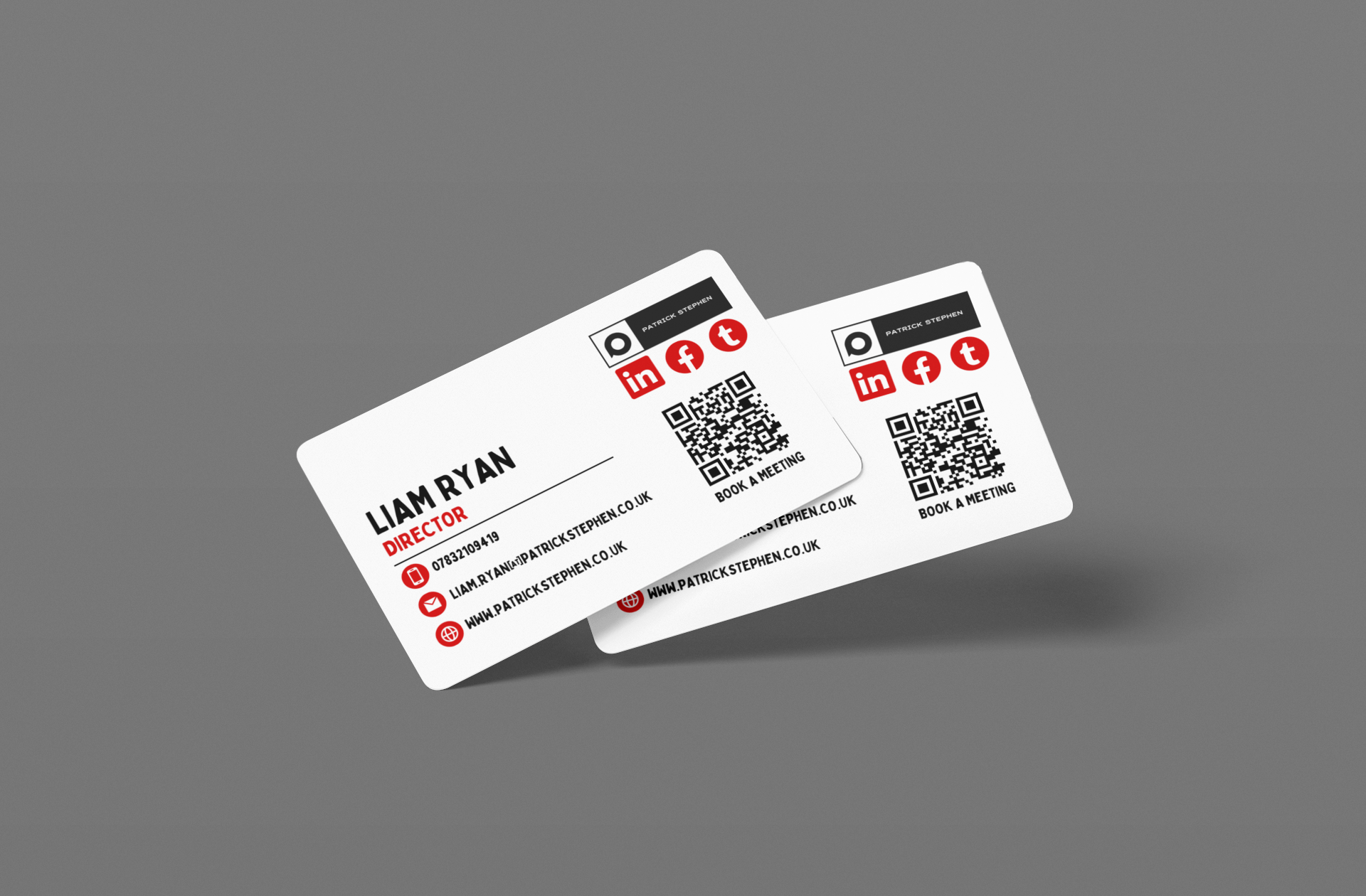When it comes to capturing the attention of consumers, designing an advert is a key element in any marketing strategy. A well-crafted advert can convey your brand's message, evoke emotions, and motivate potential customers to take action. In this blog post, we will explore the essential steps involved in designing an advert that stands out from the crowd.
Understanding Your Audience
Before you begin the design process, it is crucial to understand who your target audience is. Knowing your audience will inform every aspect of your advert, from imagery and language to the channels through which you will distribute the advert.
- Define Your Target Market: Gather demographic data such as age, gender, location, and interests. Create customer personas that represent your ideal consumers.
- Identify Their Preferences: Research what appeals to your audience. What kinds of ads do they respond to positively? Understanding their preferences will guide your design choices
Establishing a Clear Message
To design an effective advert, you must have a clear and concise message. The message should reflect the core idea you want to convey, whether it is promoting a specific product, service, or event.
- Focus on Benefits: Rather than just highlighting features, emphasise how your product or service will improve the consumer's life. What problem does it solve?
- Create a Strong Call to Action: A compelling advert often includes a call to action (CTA) that encourages the audience to take immediate action, such as "Buy Now," "Learn More," or "Sign Up Today!"







